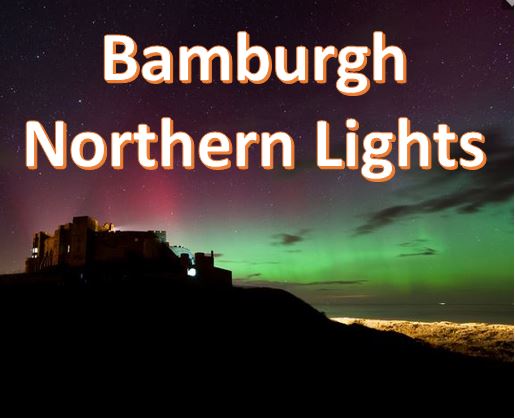People in Northumberland, England, saw a spectacular, breathtaking Northern Lights (Aurora Borealis) display in the sky early on Wednesday. Locals said it rivaled the displays more commonly seen within the Arctic circle.
The bright dancing lights are in fact collisions between electrically charged particles from the sun that hit the earth’s atmosphere. The aurora are commonly seen above the magnetic poles of the southern and northern hemispheres.
In the northern hemisphere they are known as Aurora Borealis, and in the southern hemisphere as Aurora Australis.
The displays appear in several colors, although pink and pale green are the most common. Shades of violet, blue, yellow, green and red have also been reported.
Stunning pictures were taken on Wednesday in Bamburgh, Northumberland.
Photographs taken near Bamburg Castle show the Northern Lights in all their glory. (Photo: Andrew S. Gray)
Colour variations depend on the type of gas particles that are colliding. For example, pale yellowish green is seen when oxygen molecules collide about 60 miles above the earth. High-altitude oxygen molecules (200 miles high) generally cause the rare all-red aurora. Nitrogen produces the purplish-red or blue aurora.

